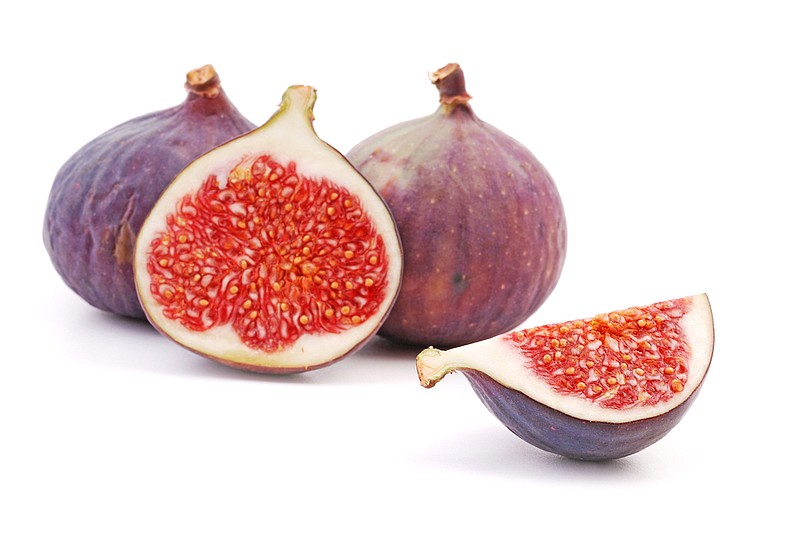Ew.
And also: Ick.
I like figs. I have always liked figs. I planned to continue liking figs for the rest of my fig-eating life.
But that was before I saw a video explaining some of the more disturbing facts about figs. The video was sent to me by someone who hates figs and knows I love figs and wanted to ruin my life by changing my mind about figs even though we have been happily married for 25 years.
The video was created by PBS, part of their digital series called "Gross Science." As far as I can tell, the entire purpose of the nearly five-minute video is to make people stop eating figs, as if someone at PBS is fiercely angry at the entire fig industry.
To be fair, I already knew some of what the piece had to say. I knew there was some relationship between wasps and figs, and that wasps who entered figs did not always leave them, if you catch my drift.
But I had chosen to forget it because, as I mentioned, I liked figs.
That was then.
Figs are unusual, because they are kind of inside out. Inside each fig are anywhere from 30 to 1,600 tiny flowers, depending on the species. If you can picture the inside of a fig, that makes sense - all of those thin, long tube things are actually flowers. Each one contains a little seed, which is what crunches when you eat them.
Flowers, of course, have to be pollinated in order to make future figs. Bees, butterflies and even bats are pollinators, but how can anything pollinate these flowers when they are hidden away inside a fruit?
That is where the wasps come in, members of Agaonidae family. These very small insects are often called fig wasps, because "fig wasps" is easier to say than "Agaonidae."
When the flowers inside a fig are ready for pollination, they produce an aroma that attracts female fig wasps, but only the ones that are appropriate for that kind of tree (it is this kind of detail that leaves me in awe of science and nature).
The wasps enter the fig through a hole in the bottom that is too small to let in anything else that doesn't belong there. The hole is so small that the wasps usually lose their wings and antennae while squeezing in, but that doesn't matter to the wasp because, as the U.S. Forest Service puts it, "it will never need them again."
The wasp drops fertilized eggs into as many of the female flowers as it can. Meanwhile, it also pollinates all the flowers with the pollen it collected from the fig in which it was born. Having done what she was meant to do in the world, the wasp then dies inside the fig, happy but somewhat disconcertingly.
The seeds grow inside the flowers and the eggs turn into grubs that grow inside some of the seeds. The grubs gain nourishment by eating the seed, and eventually emerge as wasps from the flowers into the fig.
The males emerge first. They have no wings, so they have to mate with females that are inside that fig. The females haven't even emerged yet, so the males mate with them while they are still inside the flowers - and yes, the males often mate with what are technically their own sisters.
The male wasps then die inside the fig where they have spent their entire short lives.
When the female wasps hatch, they collect pollen from the male flowers and work their way out of the figs. Filled with already fertilized eggs, they fly off to find another fig to begin the process again. Meanwhile, birds and other animals eat the figs, including their now-mature seeds, and go on to spread them the way birds and other animals always spread seeds.
But what about us? What about humans?
Humans have been domesticating fig trees for more than 11,000 years, and the type we usually eat, called common figs, do not require wasps. Some types of common fig are seedless and do not need any pollination at all.
Other common figs have male and female trees. Wasps can only pollinate the flowers in the figs from male trees, while we only eat the fruit of female trees.
But wasps can't tell the difference between male and female trees. If a wasp manages to get inside the fig of a female tree, it will pollinate the flowers inside it and then die. And yes, that fig could very well make it to your kitchen table.
Scientists marvel at the way fig trees and wasps, two completely different types of organism, rely on each other and use each other to propagate their species. The relationship is called mutualism, and yes, it is truly astonishing.
But still, if you ever eat a fig again, it might have a dead wasp inside it.
Ick.
And also: Ew.

